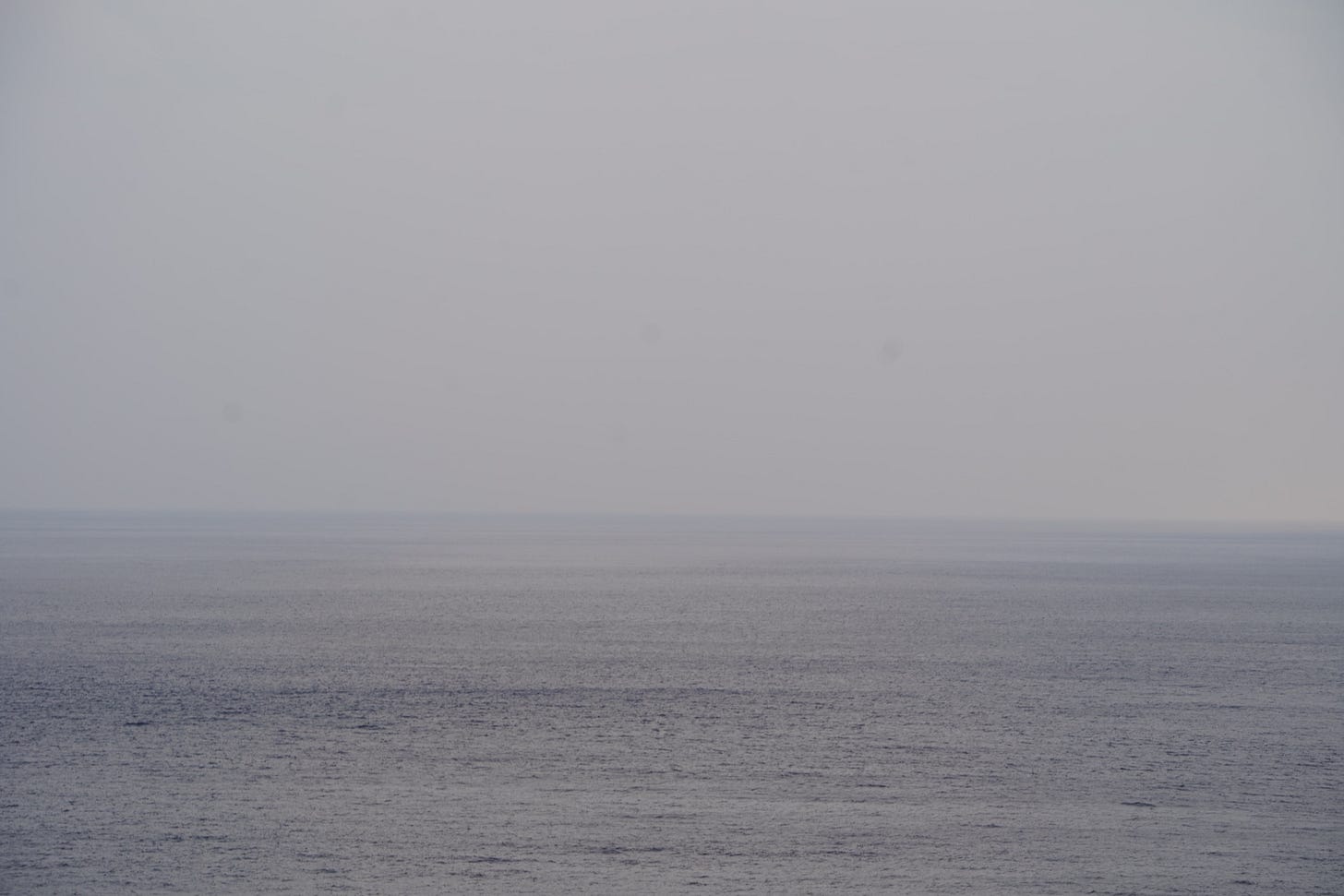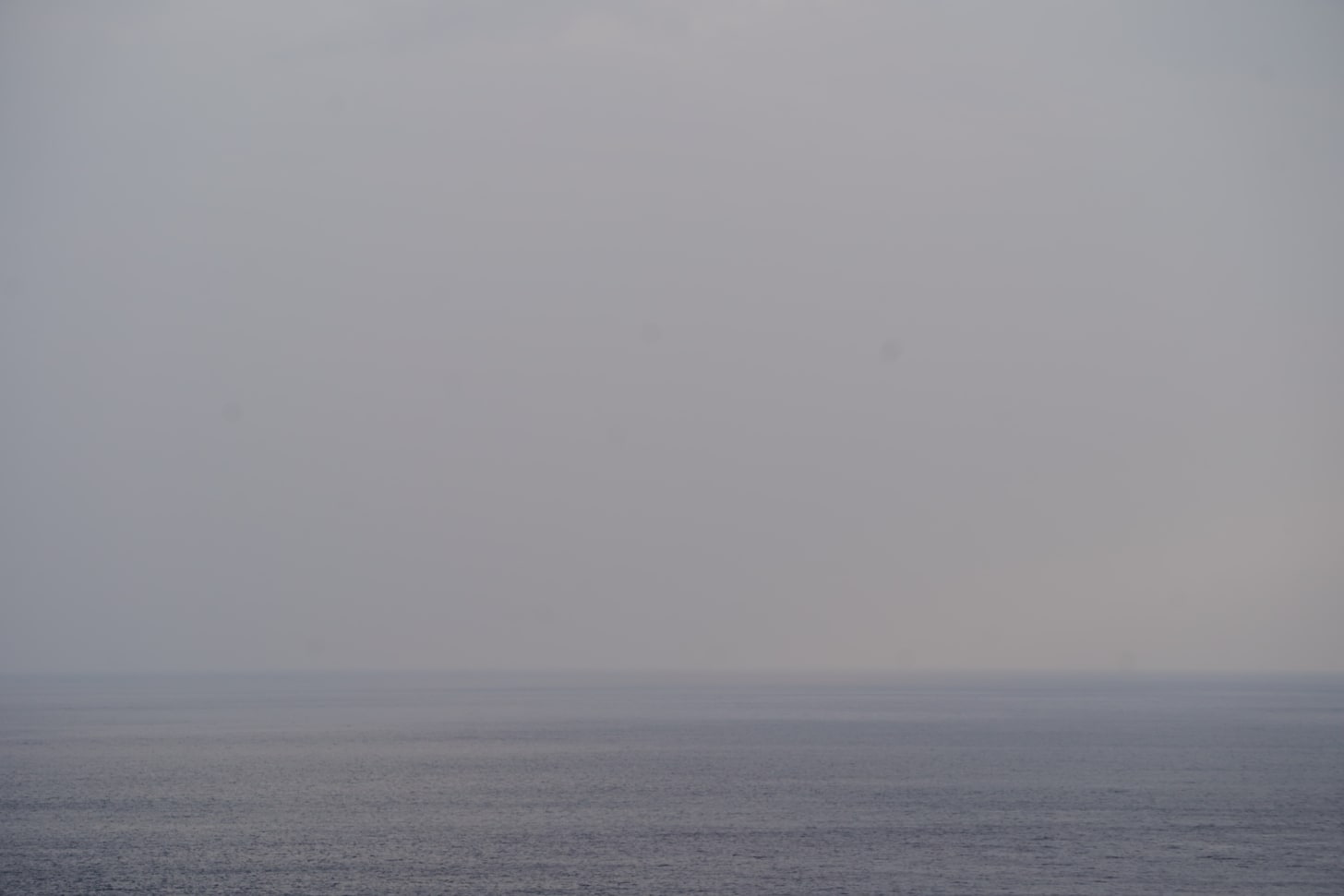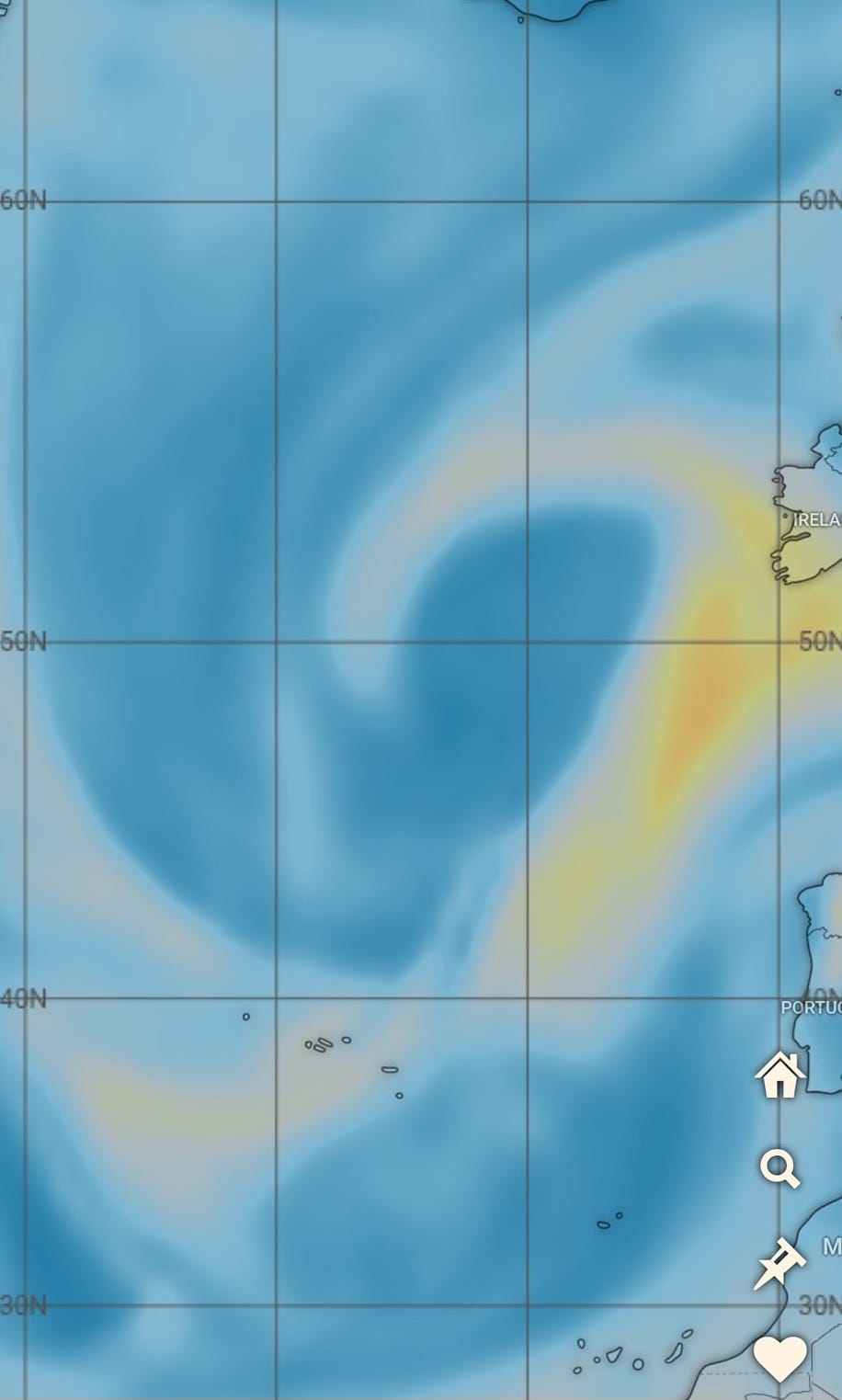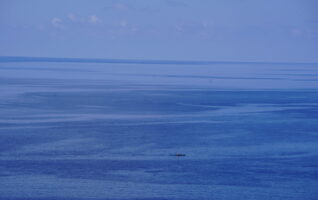Immersion in shared flows, 2025


Interaction with the elements also means immersion in shared flows, forces, and pressure gradients of the media.
The weather leaves something of an imprint
In 2025, Canada experienced a period of intense fires, with hundreds of forest fires burning in provinces such as Manitoba, Saskatchewan, Ontario, and the Northwest Territories. The smoke from these fires created widespread haze and poor air quality in large parts of Canada and the north of the United States.
Due to strong air currents and persistent high-pressure systems, the smoke clouds spread across the Atlantic Ocean and reached the Azores between August 5 and 14. The smoke cloud reached the Azores region at high altitudes (around 9,000 meters), causing foggy skies and reduced visibility.
This phenomenon is part of a growing trend as Canadian smoke from fires travels thousands of kilometers and affects air quality thousands of kilometers away, including in Europe. The smoke contains black carbon particles and fine particles (PM 2.5) that can affect air quality and respiratory health even far from the source of the fire.
This situation leads me to ask, how immersed are we in common flows?
In the city, we feel that we live without regard to natural cycles. When my family and I moved out of the city, we moved away from a certain way of living with the weather. Thus, we understand the relationship between weather, place, body, and ourselves as inseparable.
Weather is an active, reflexive and practical disposition for man to endure, perceive, fight, manipulate, mature, change and grow in the processes that entangle the place of his dwelling over time.


Weather also means to dwell
We feel the weather in the present moment, but our feelings are shaped by sensory abilities that are influenced by both past memories and future expectations. Weather is difficult to articulate, and its sensory experience is equally complex.


Like all sensations, weather sensations are performative and reflexive in the sense that they are created, enacted, and interconnected in combination with emotions, thinking, and memory. It takes a great effort to sense the material properties of weather in their immediacy. Through this effort, we can make sense of the weather and learn to dwell in it.
Weather is the intermediary between a place and our embodied being. It is not an object we think of from a distance, as if it were separate from us or from the surfaces it touches. Weather cloaks us, decomposes us, and it is by passing through that we come to its immediate physical and mental recognition.
Weather forecasts alert us to the transcontinental movements of meteorological systems. Meteorological systems move across oceans and land masses, completely denying the notion of any sense of ownership.

To get beyond the idea that life takes place on the surface of the world, we should address those currents of the medium we call the weather. To inhabit an open space is to dive into those currents.



